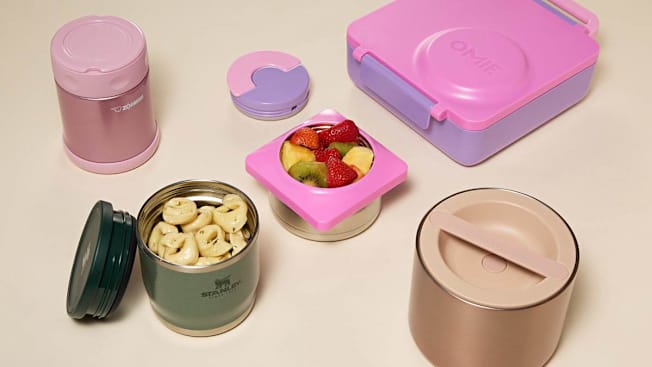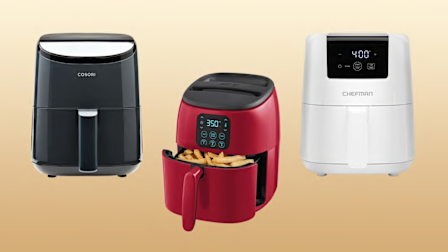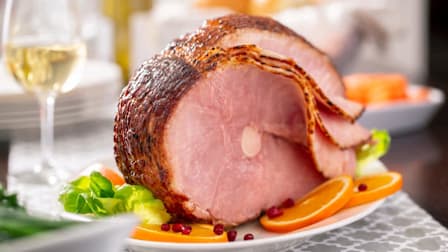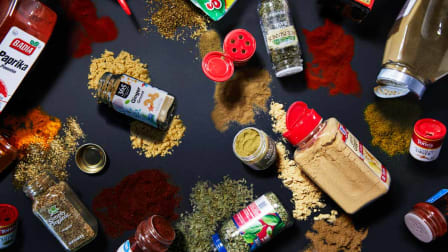Best Insulated Food Containers From Our Tests
Soup season is here. But only a handful of the insulated jars we tested—including those from Stanley and Thermos—kept food sufficiently hot or cold and didn’t leak or let odors escape.
When you shop through retailer links on our site, we may earn affiliate commissions. 100% of the fees we collect are used to support our nonprofit mission. Learn more.

Lunch is the most annoying meal of the day (hear me out). Whether you pack lunch the night before or the morning before work, school, or your kids’ school day, it’s a roll of the dice whether hot food will stay hot or cold foods will remain reasonably chilled by mealtime.
- Insulated Food Jars We Tested: Bentgo Stainless Steel Ello Benni Kids Lunch Box Hydro Flask Omie OmieBox Stanley Adventure To-Go Thermos Funtainer Yeti Zojirushi Stainless Steel




















